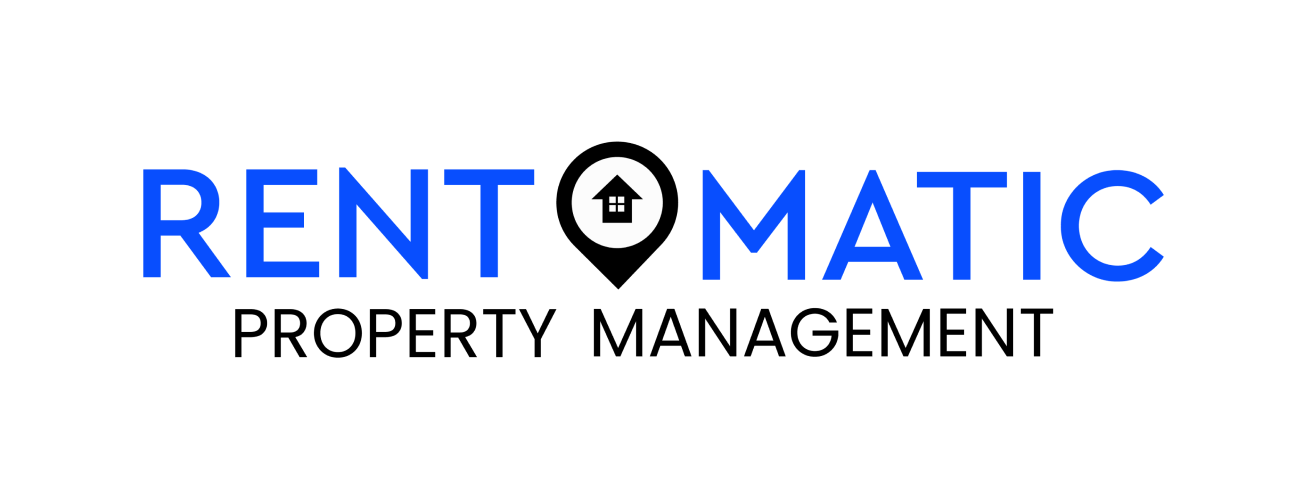Introduction
When it comes to real estate, there’s a strong link between the proverbial “doors”
we walk through and the “dollars” that come in our pockets. Your property’s
physical appearance and functionality can heavily influence its financial value.
Getting this right is crucial not just for those looking to sell, but also for rentals
and investments.
Understanding how to maximize property value can lead to higher returns, better tenant quality, and a more enjoyable living experience. This article will explore key strategies to enhance your property’s appeal, identify financial avenues for maximizing returns, navigate market trends, and ensure long-term management success
Understanding how to maximize property value can lead to higher returns, better tenant quality, and a more enjoyable living experience. This article will explore key strategies to enhance your property’s appeal, identify financial avenues for maximizing returns, navigate market trends, and ensure long-term management success
Understanding Property Potential
Definition of Property Potential
Property potential refers to the maximum value a piece of real estate can achieve,
considering its condition, location, and market dynamics. It’s not just about
aesthetics; it’s about making the most of what you have and aligning it with
market needs.
Factors Influencing Property Worth
Many elements impact property worth, including the size, condition of the
building, amenities, and market conditions. Local economic factors and future
development plans also play a significant role.
The Role of Location in Maximizing Value
You’ve probably heard the phrase, “location, location, location.” This cliché holds
weight because properties in desirable locations—such as those near schools,
public transport, and shopping areas—typically fetch higher prices. If you’re
considering an investment, research neighborhoods carefully!
Enhancing Property Appeal
Aesthetic Upgrades and Their Impact
Exterior Improvements for Curb Appeal : The first impression counts! Simple changes
like a fresh coat of paint, new house numbers, or an inviting front door can
drastically improve your home’s exterior. Even adding plants or sprucing up your
lawn can enhance how passers-by view your property.
Interior Renovations that Attract Buyers or Tenants : Inside, small updates like
modernizing fixtures, adding new cabinetry, or even changing out flooring can
make a big difference. According to studies, kitchens and bathrooms tend to be
the most scrutinized areas, so consider focusing on those!
Building Functionality and Flexibility
Optimizing Space Utilization : Strive to design spaces that feel open and welcoming.
Removing unnecessary walls or adding built-in shelves can enhance the flow and
usability of rooms
Adapting to Market Demands : Keep an eye on what’s trending in the housing market.
Many buyers prefer multi-functional spaces that can serve various purposes—
home office, gym, or play area.
Incorporating Smart Home Technologies : Smart home devices are popular with many
buyers today. Simple features like programmable thermostats or smart security
systems are often seen as desirable upgrades that can increase property value.
Financial Strategies for Maximizing Returns
Understanding Investment Optionst
Buy-and-Hold vs. Flipping : Decide if you want to rent properties long-term (buy-and-
hold) or to buy, renovate, and sell quickly (flipping). Both strategies can yield
profits, but they come with different risks and management requirements.
Real Estate Investment Trusts (REITs): If hands-on property management isn’t your
thing, consider investing in REITs, which allow you to buy shares in real estate
portfolios without dealing with the day-to-day management.
Financing Your Property Ventures
Exploring Different Loan Options : Get to know the different types of loans you can
choose from. loans, FHA loans, and investment property loans each have unique
features and qualifications.
Budget Management and Risk: Assessment Always create a budget that factors in
potential risks. Market fluctuations can happen, so ensure you’re prepared for the
unexpected
Tax Considerations and Benefits
Tax Deductions for Property Owners : Familiarize yourself with the tax deductions
applicable for property expenses, such as mortgage interest, repairs, and
property taxes. They can significantly reduce your taxable income.
Understanding Capital Gains Tax : If you sell your property at a profit, be aware of
capital gains tax. Being informed can help you plan your sales or reinvestment
strategies better.
Navigating Market Trends
Identifying Current Market Trends
Technology Innovations in Real Estate : Keep up with tech trends like virtual tours and
online property management tools. These can enhance your property’s appeal
and ease of management.
Demographic Shifts and Their Impact : Demographics affect demand. Are you seeing
more young professionals or retirees in your area? Adjust your property features
accordingly!
Urbanization vs. Suburban Growth : Know where people want to live. Right now,
suburban areas are seeing increased interest, so consider that in your investment
strategies.
Competitive Market Analysis
Assessing Local Market Conditions : Regularly check property listings in your area to
understand what’s on the market currently. This helps you price your property
competitively.
Evaluating the Competition and Setting a Price : Understanding what similar
properties are selling for can guide your pricing strategy. Price your property to
reflect its unique features and potential
Preparing for Market Fluctuations
Strategies for Economic Downturns : In economic downturns, keep your properties
rented by being flexible on terms or offering competitive pricing
Long-term vs. Short-term Planning: Have a plan in place for both short-term and
long-term goals. Flexibility is key to navigating changing markets
Diversification and Risk Management: Consider spreading your investments across
different types of properties to manage risk effectively.
Managing Property for Long-term Success
Effective Property Management
Tenant Relationship Best Practices: Cultivating a good relationship with tenants pays
off. Communication, timely repairs, and respect go a long way in tenant retention.
Maintenance and Upkeep Essentials: Regular maintenance prevents small issues
from becoming costly repairs later. Keep an inspection schedule, and stay on top
of necessary repairs
Legal Responsibilities of Property Owners: Make sure you understand local laws
regarding landlords and tenants. Compliance is crucial to avoid potential legal
troubles. Partnering with the best property management company in Utah can
simplify this process.
Preparing for Market Fluctuations
Strategies for Economic Downturns : In economic downturns, keep your properties
rented by being flexible on terms or offering competitive pricing
Long-term vs. Short-term Planning: Have a plan in place for both short-term and
long-term goals. Flexibility is key to navigating changing markets
Diversification and Risk Management: Consider spreading your investments across
different types of properties to manage risk effectively.
Predictable Costs for Property Owners
Fair Pricing for All Properties: Use local market data to set rental prices at a fair rate
for both you and your tenants.
Focus on Quality of Service: Ensure your properties are well managed with attention
to tenant needs. Happy tenants often lead to longer leases!
Transparency and Trust: Be honest about fees and processes. Clear communication
fosters trust and satisfaction.
Summary
Maximizing property potential requires a combination of attractive features,
financial savvy, and awareness of market trends. By understanding this
interconnectedness, you become better positioned to enhance your property’s
value and secure your financial future. Partnering with a reliable property
management company, especially in competitive markets like Utah, can further
boost your success.




